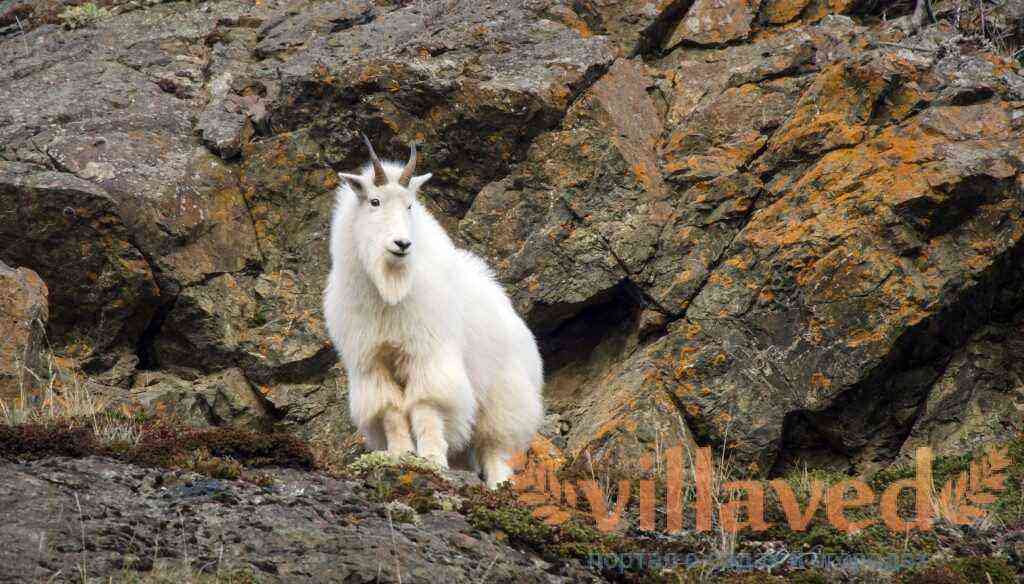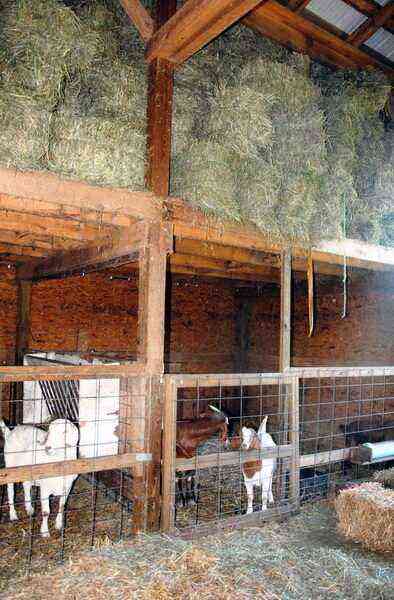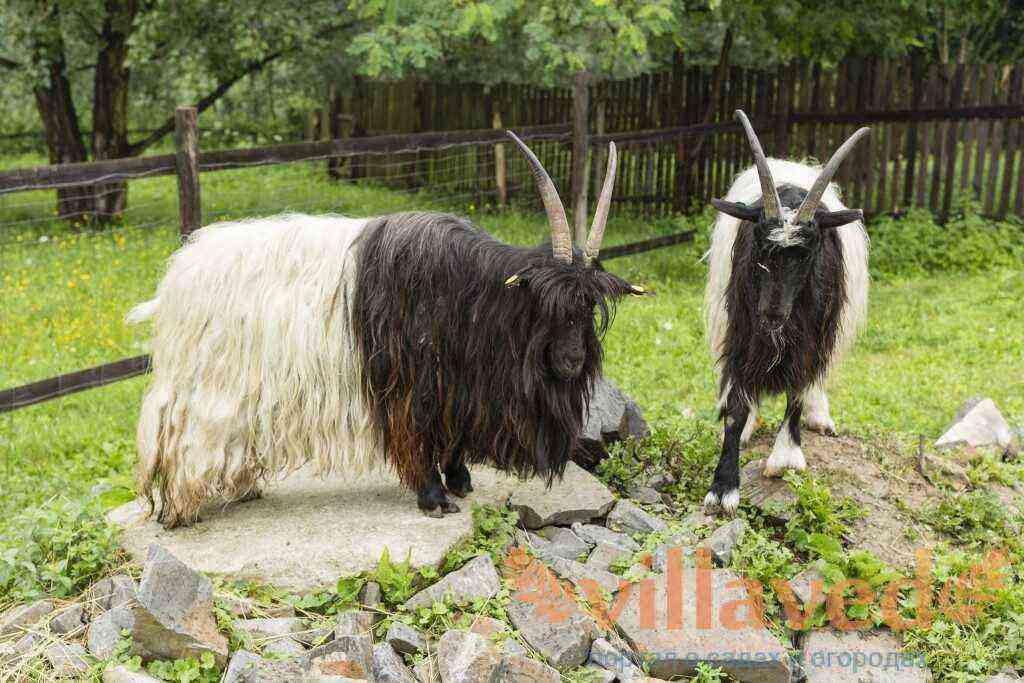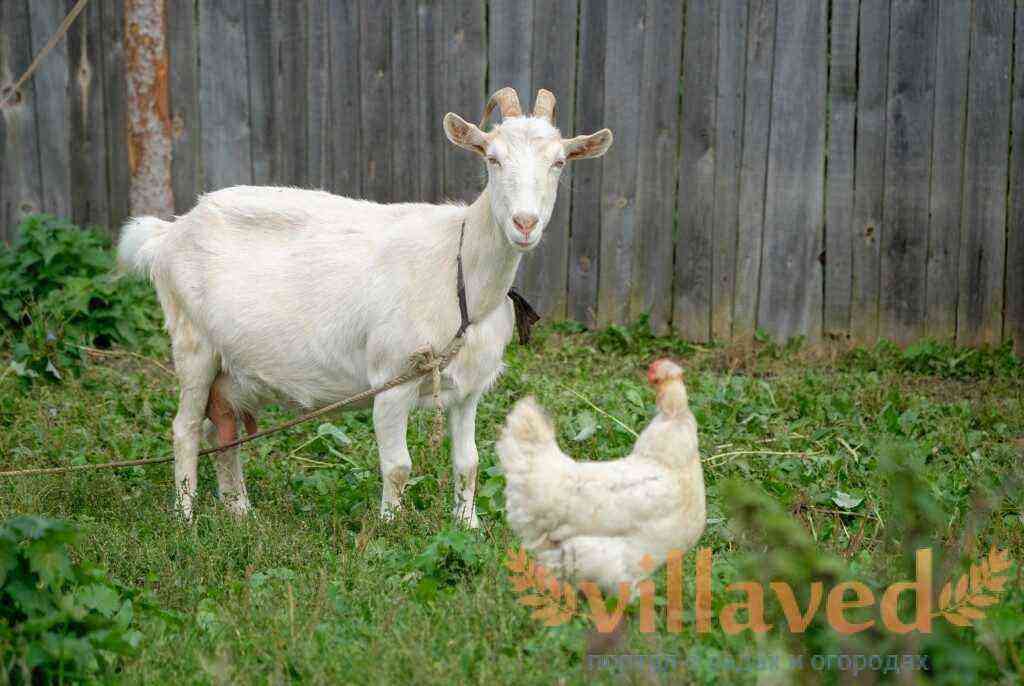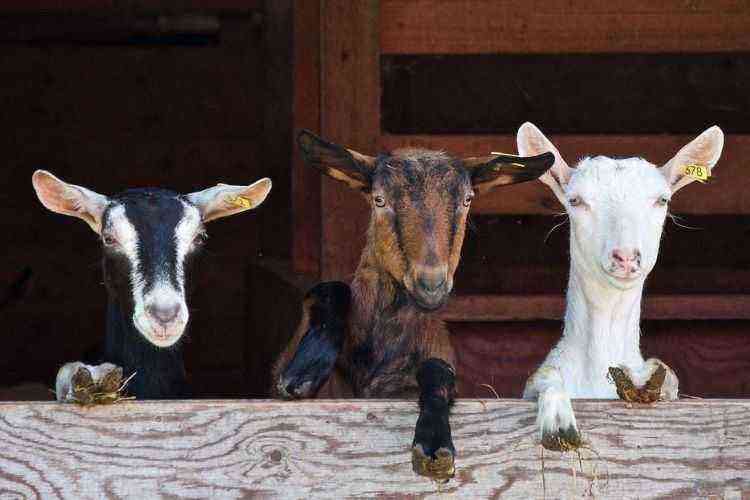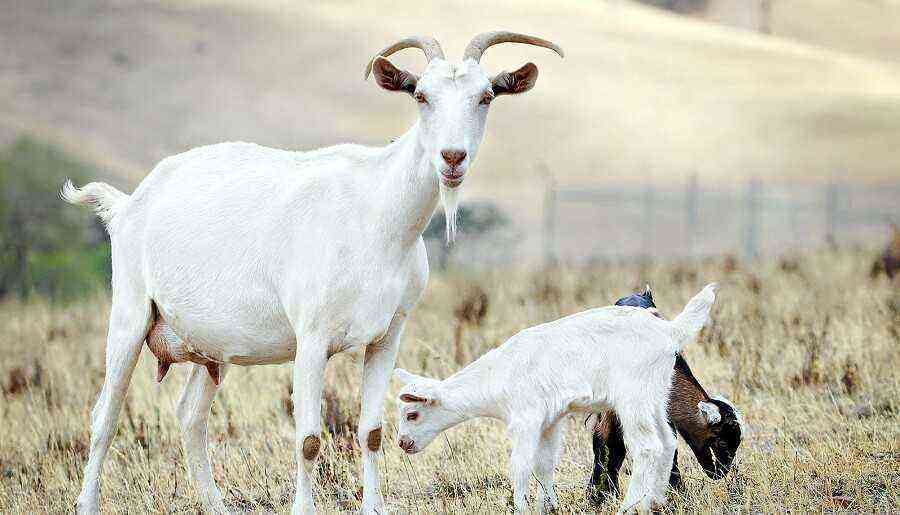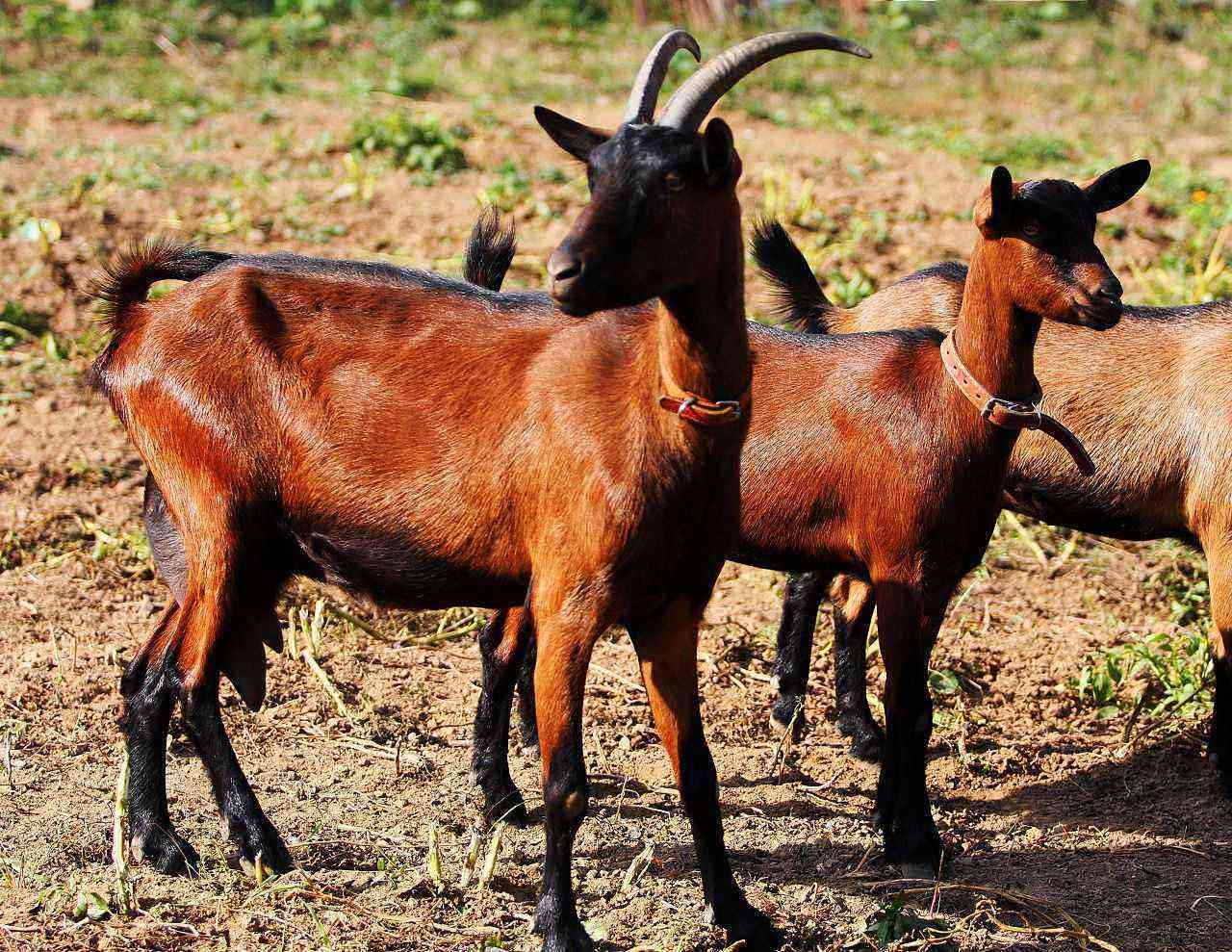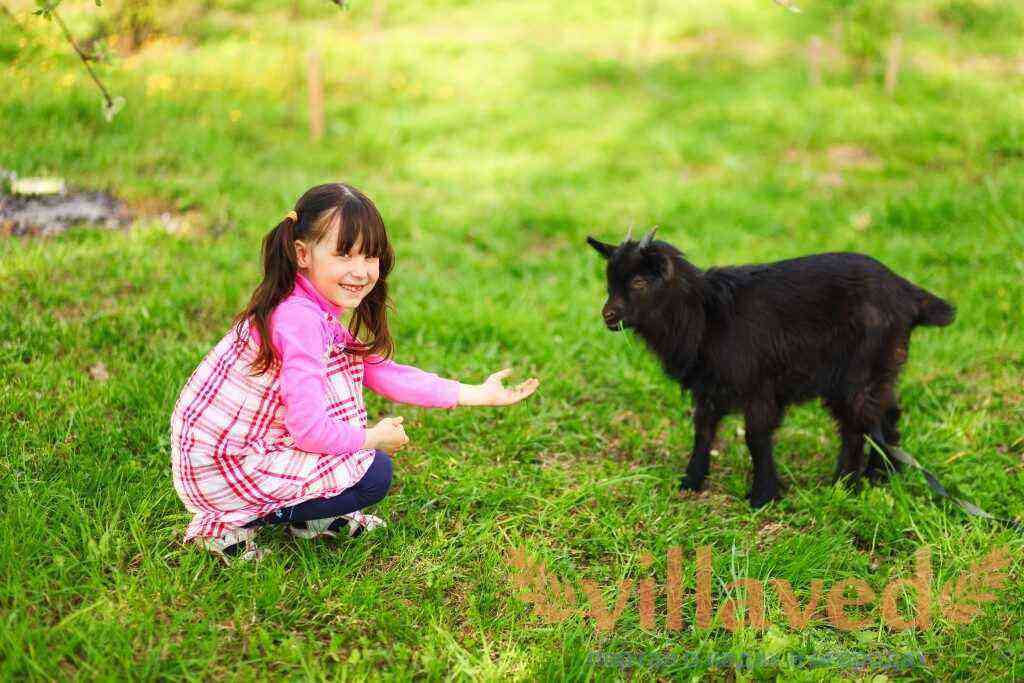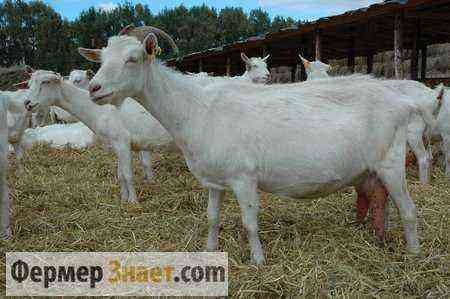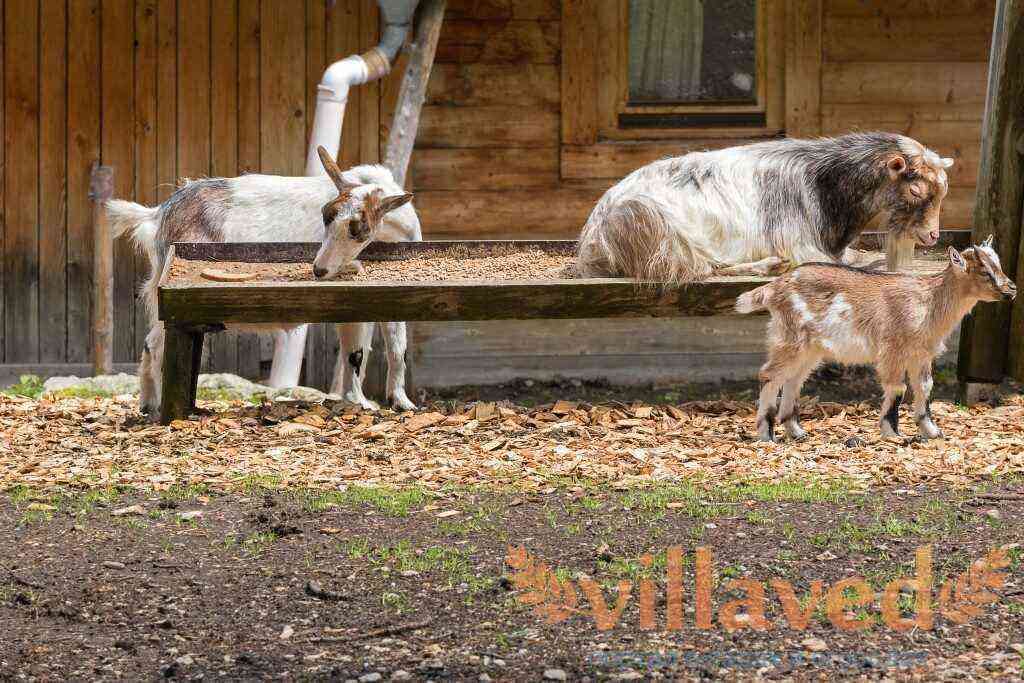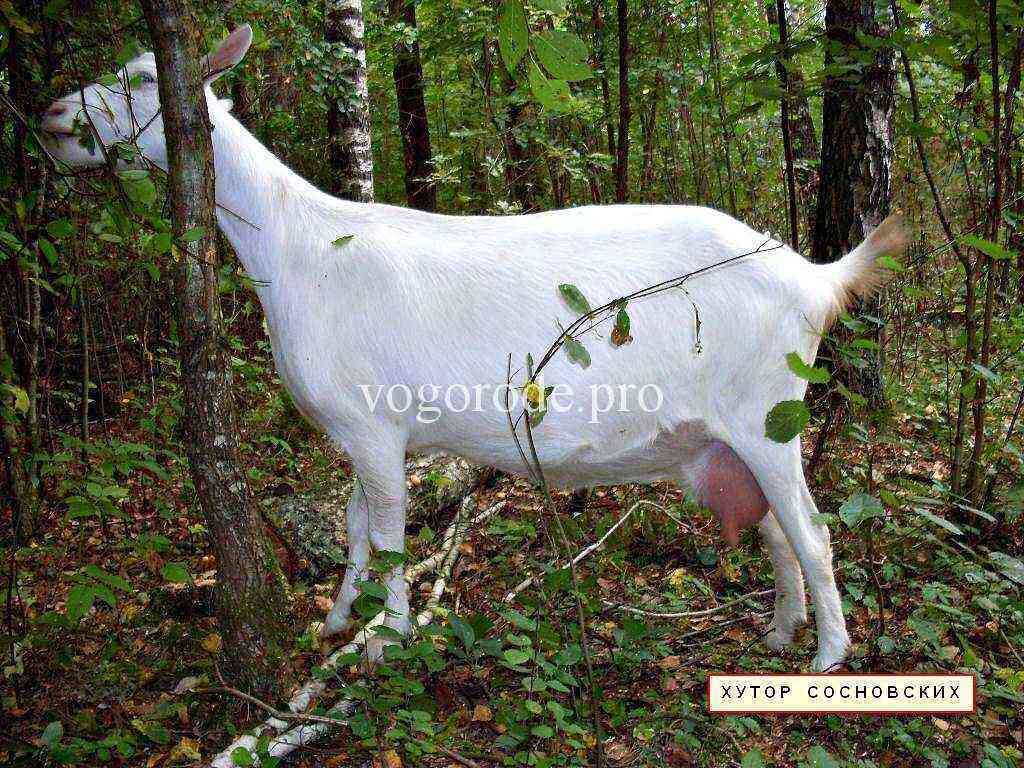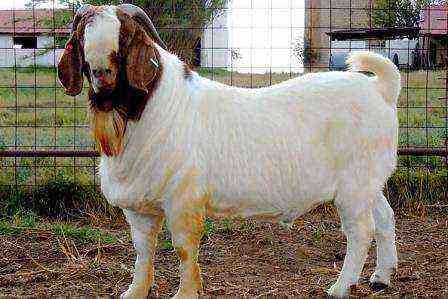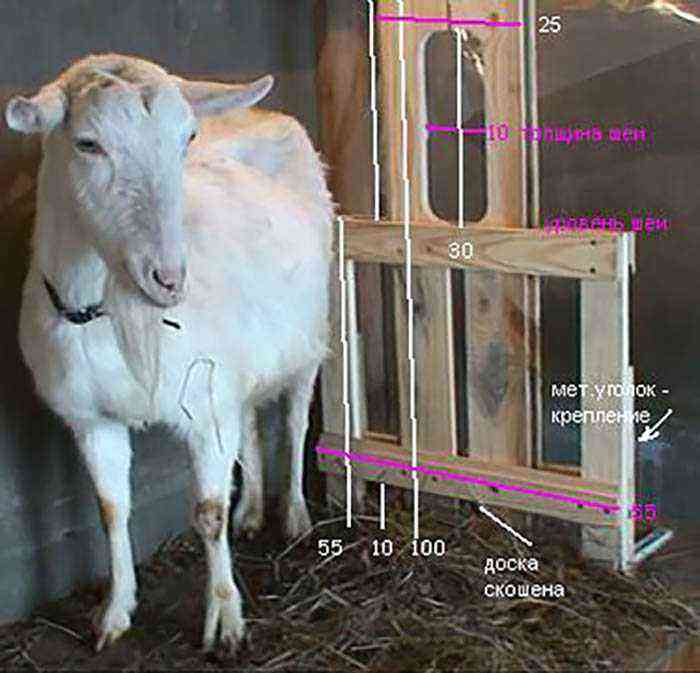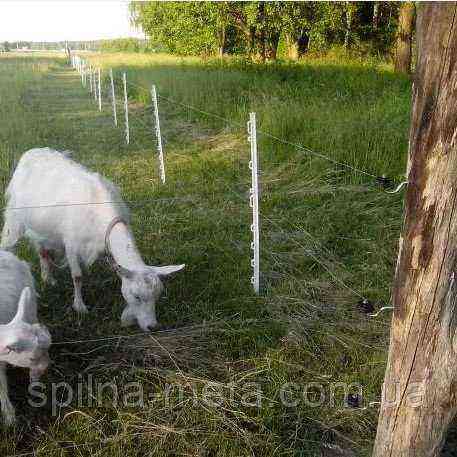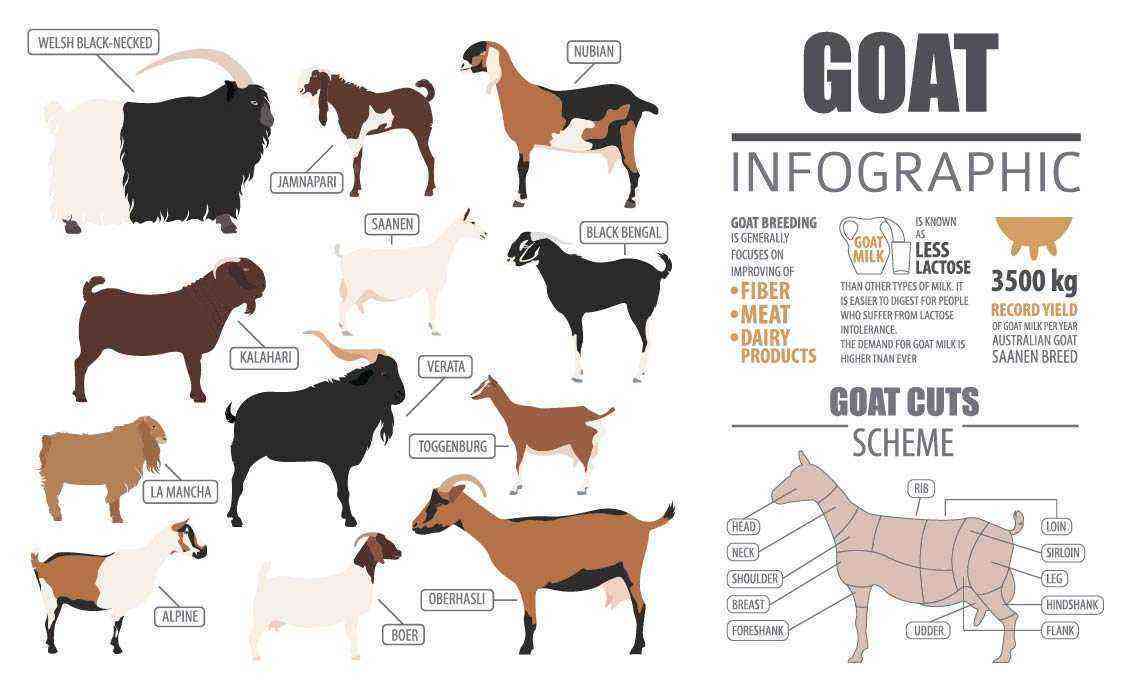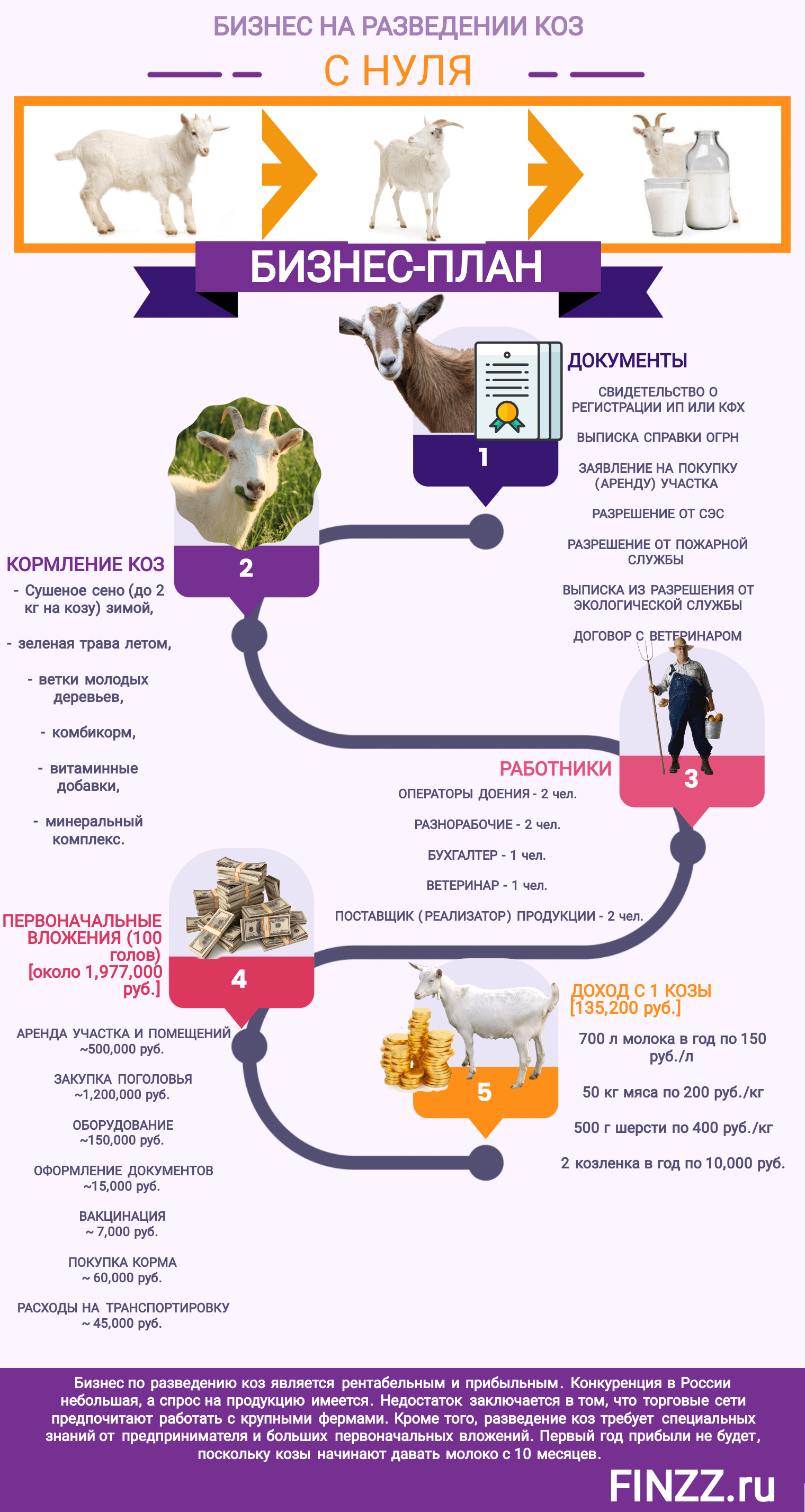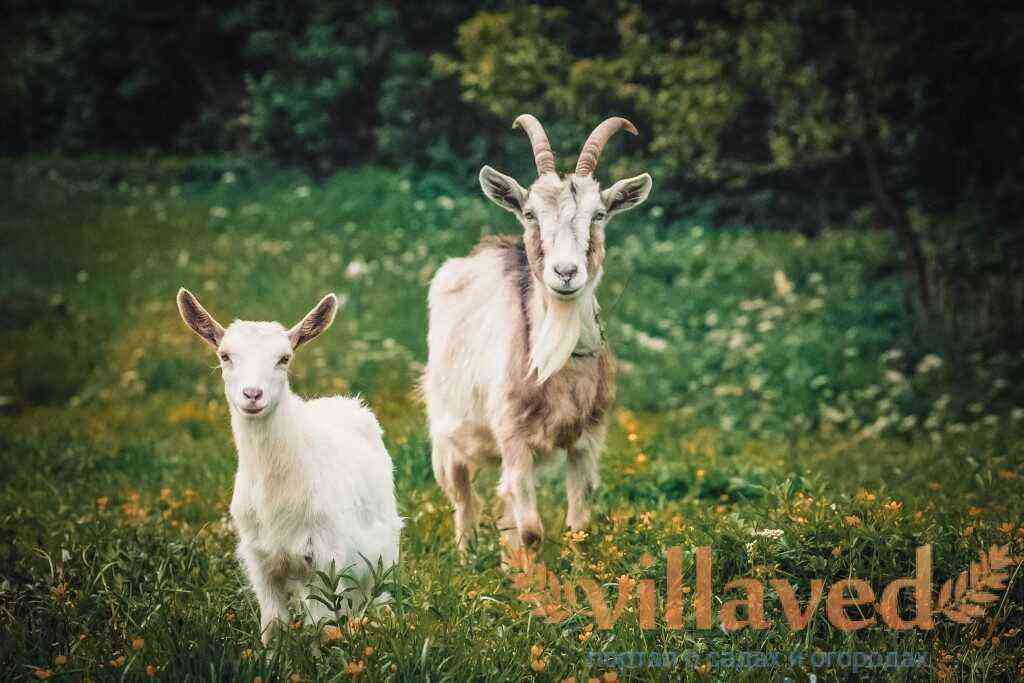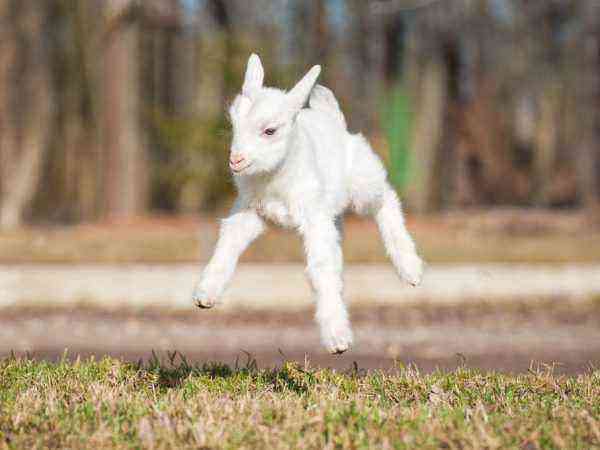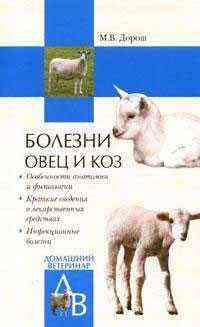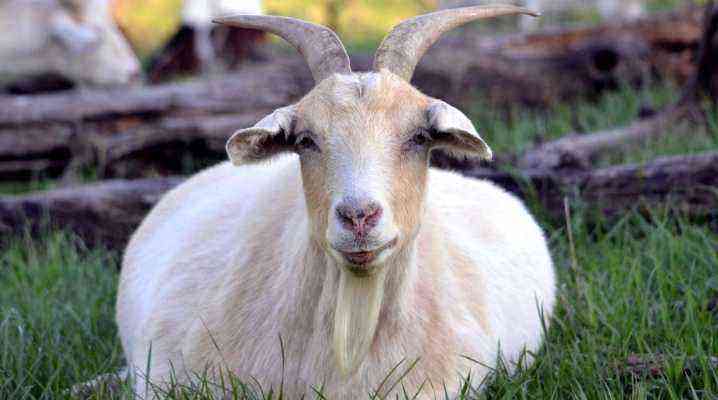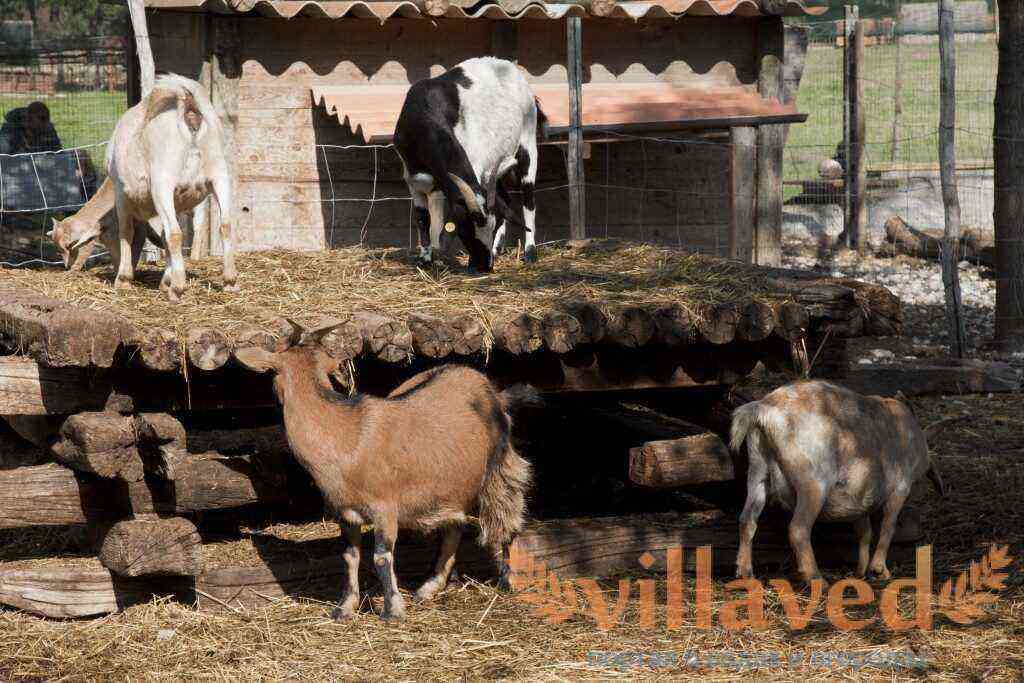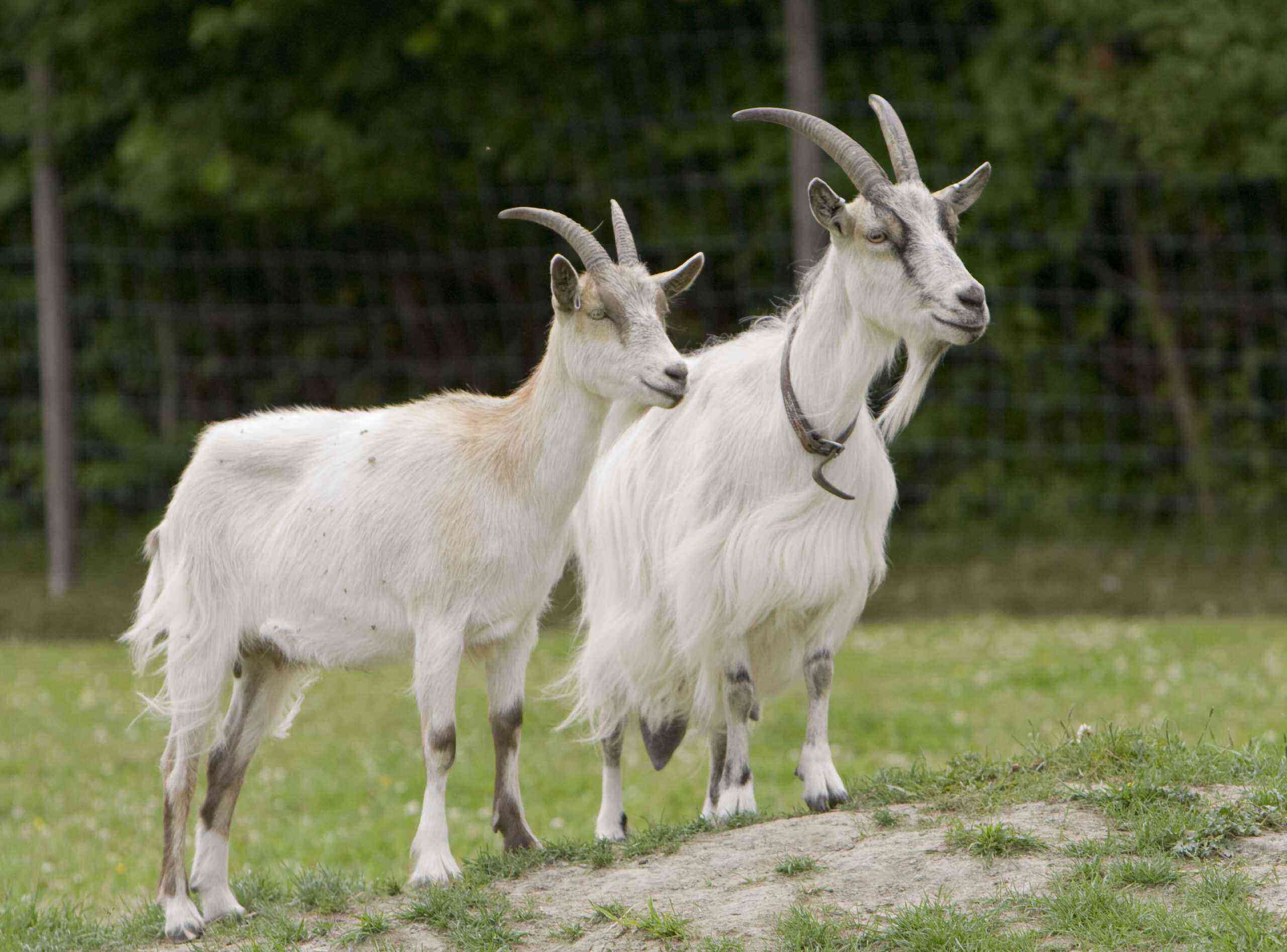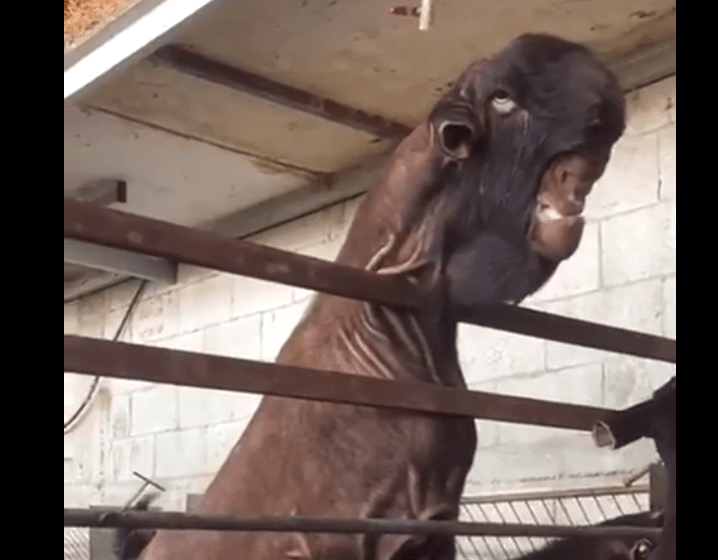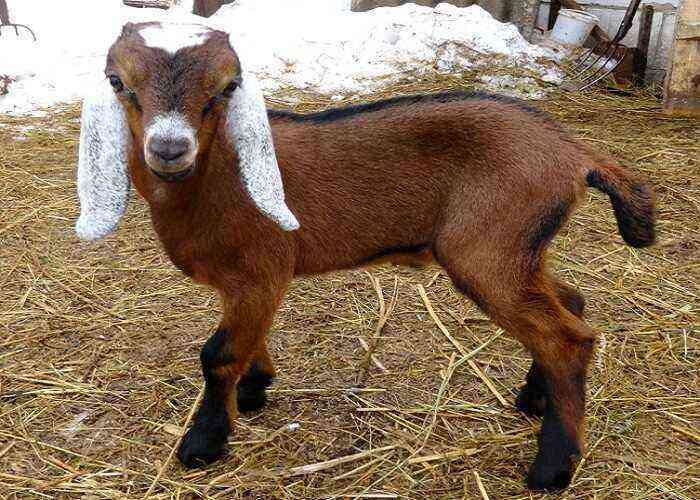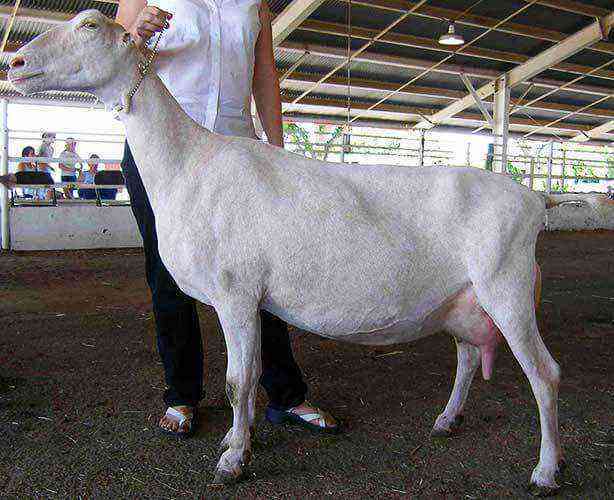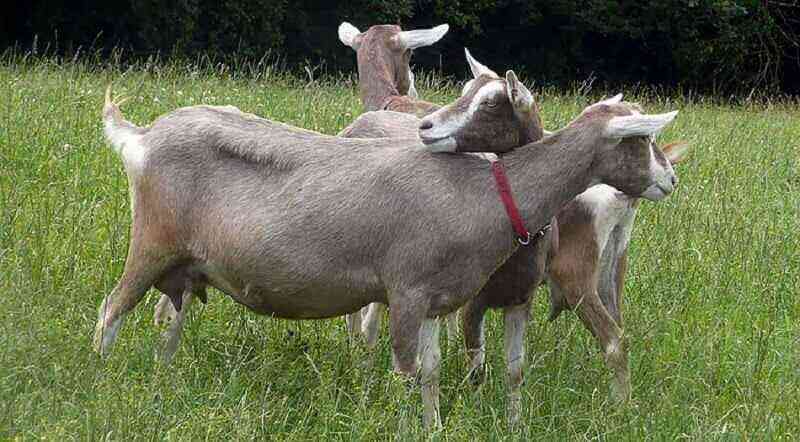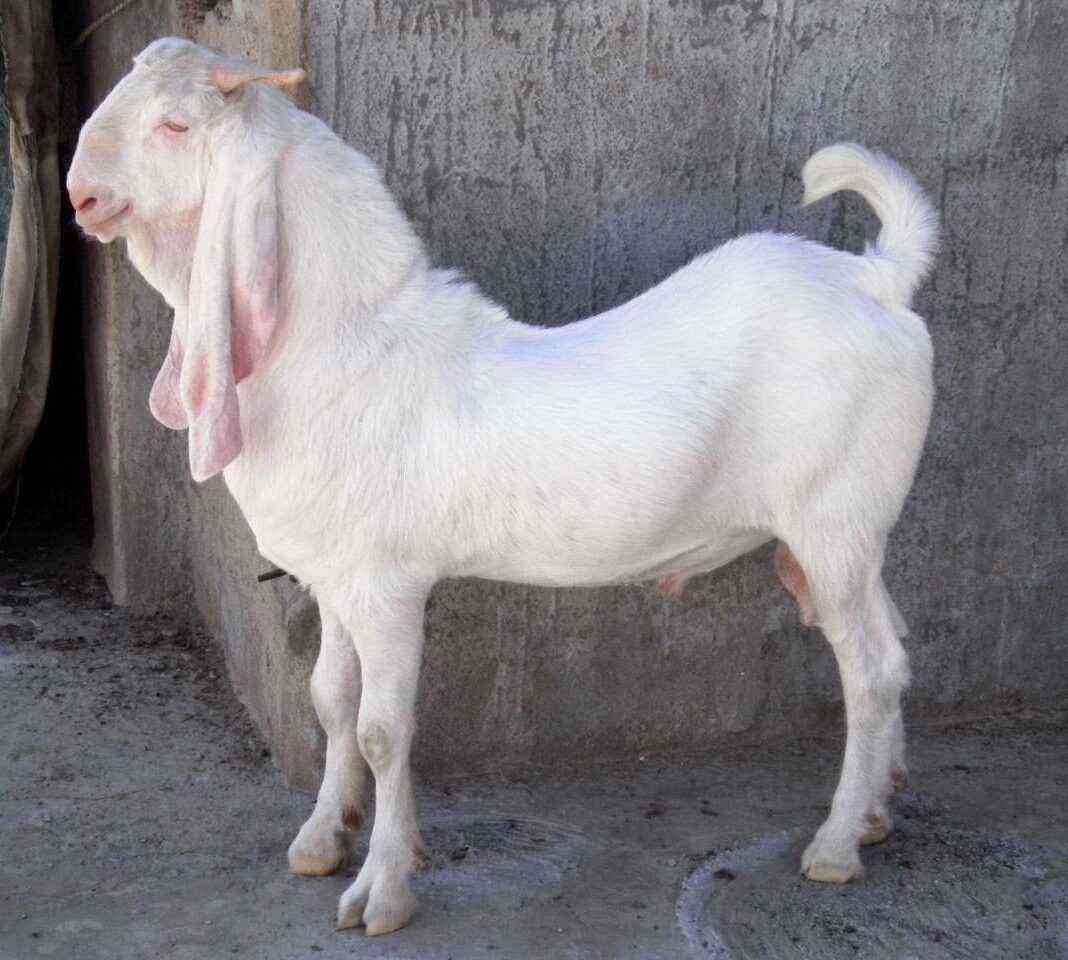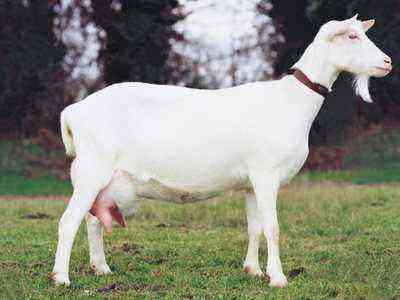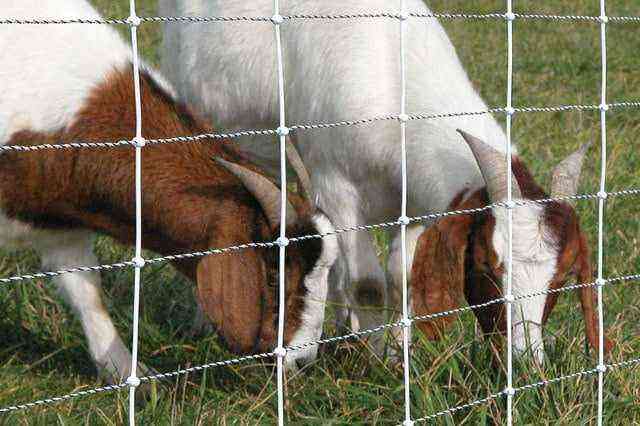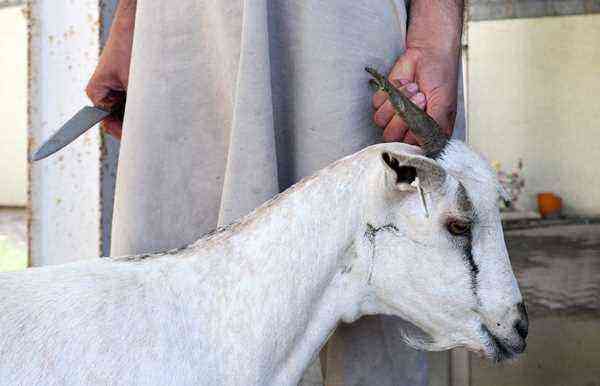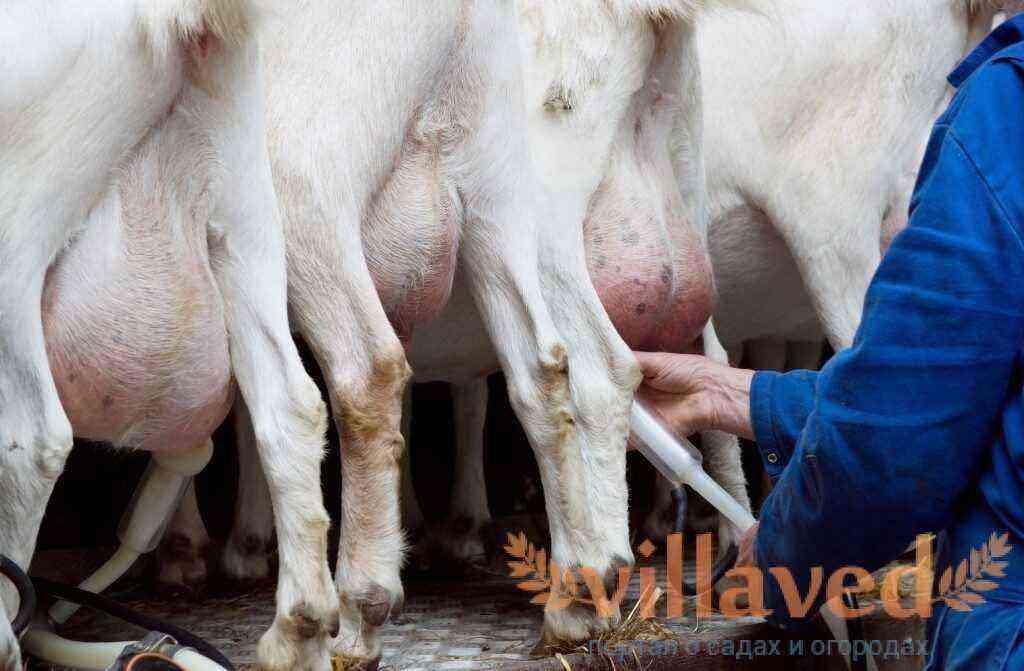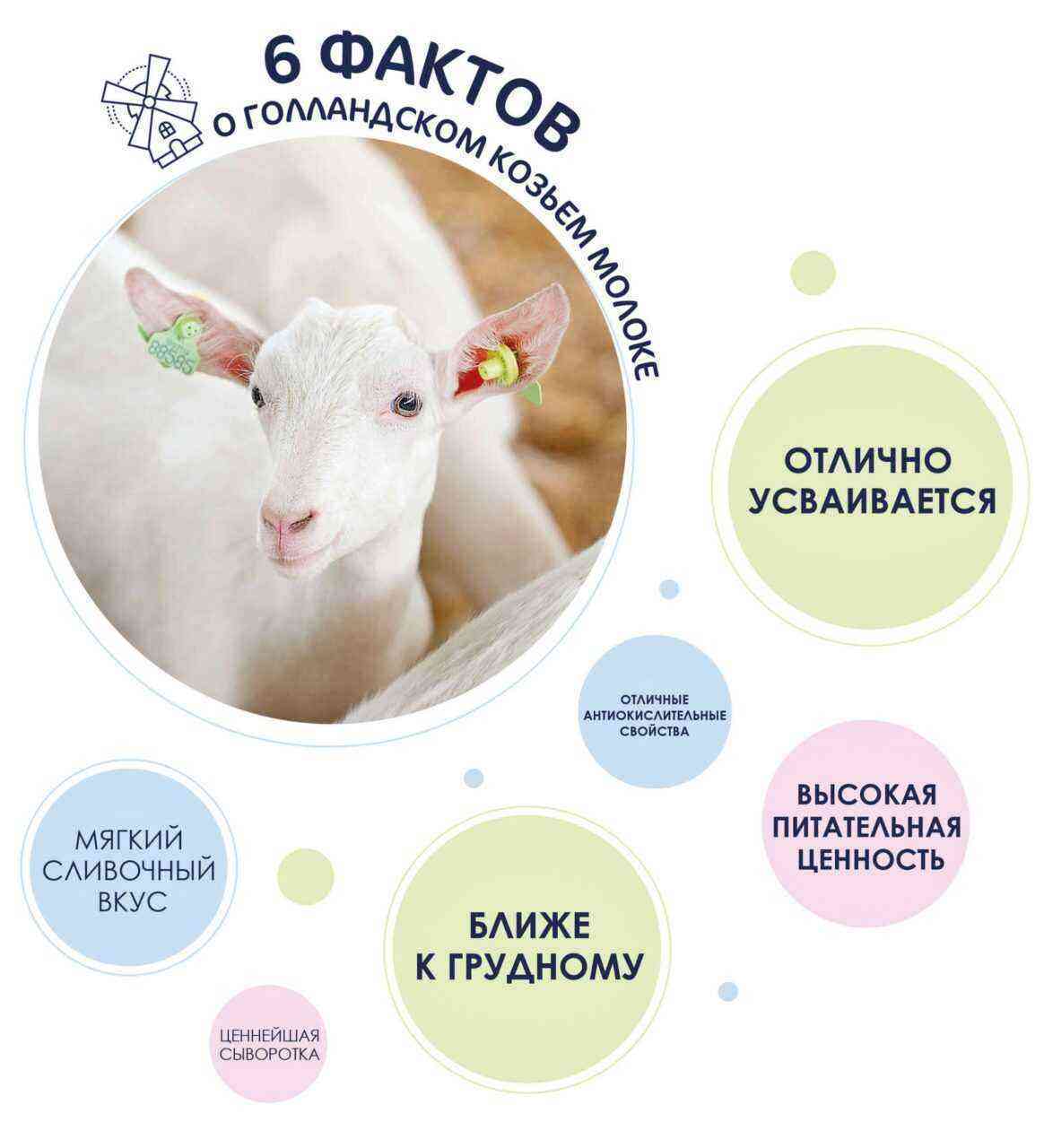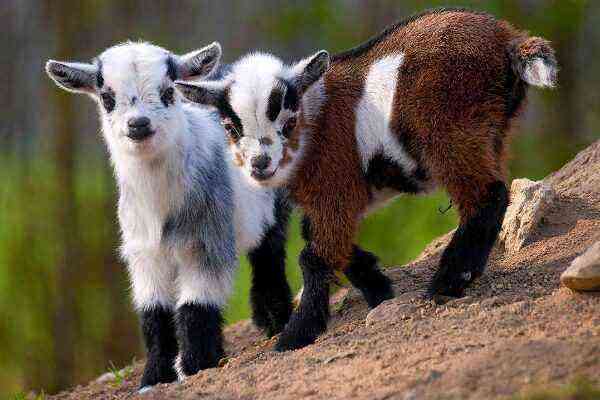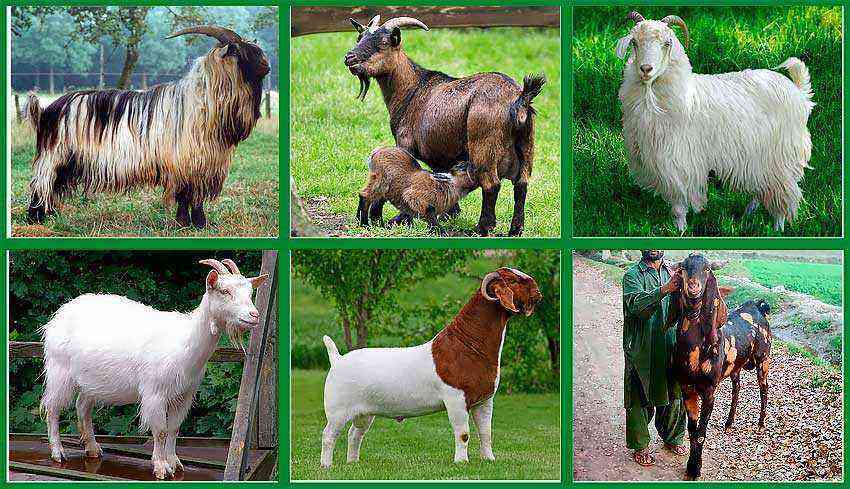Angora goats are descended from Turkey. The name was received from the ancient city of Angora (the modern capital of Ankara). They were brought to Europe in the XNUMXth century, after three centuries they spread throughout the world. The breed is actively bred in South Africa, USA, Australia, New Zealand. It is popular in the countries of Central Asia, Transcaucasia. In Russia, Angora goats are grown in the southern regions, in the Caucasus.
angora goats
The content of the article:
Breed description
Angora goats are small in size. Females reach 55-65 centimeters at the withers, their average weight is 30-35 kilograms. The height of males is 65-75 centimeters, weight is about 55 kilograms, champions reach 80-85 kg. The color of the wool is white, angora goats are rarely found in black, silver or gray. Males and females are horned, the angora horns are large, helically twisted, the goats are thin and curved back.
The head of goats is small, hook-nosed, almost all covered with wool. The ears hang down and both goats and goats have a goatee. The neck is thin and short, the chest is poorly developed, narrow. The back is straight, with the sacrum hanging down. Fore and hind legs are strong and well developed. The hooves are small, amber in color. Almost the entire body is covered with curly shiny hair, curls hanging almost to the floor. The ears, muzzle and lower half of the legs remain bare. More details on the appearance of the Angora goat can be seen in the photo and video.
Product characteristics of the breed
The main direction of growing Angora goats is wool. The products are used by the silkworm and down industry. Mohair is made from wool, which is used to make velvet, plush, suit fabrics, knitwear, socks, blankets, carpets, high-quality drapery fabrics. Milk from this breed is practically not used. Animals are sent for slaughter, which, with age, give not very high-quality wool, or weak, developmentally lagging kids. Goat meat is tasty, without a specific aroma, with a low percentage of fat. The output from one animal is 20-30 kg of meat and 4 kg of fat. Angora goats rarely get sick with tuberculosis and brucellosis, because the products are considered safe for people.
The wool of the Angora goat is semi-coarse, almost does not contain an awn. The average length reaches 18-25 centimeters, the largest is 35 centimeters. The average hair thickness corresponds to level 40-44 according to the Bradford international classification (fineness 37,1-43 microns). The coat color is white, with a sheen (chandelier). The awn is 1-2,5% of the total mass of the fleece. From the queens, on average, 3-4 kg of wool is sheared per year. Males give from 4 to 7 kilograms. The wool of females is thinner and more delicate, it is valued higher. Goats have coarser, but stronger wool than goats. It is necessary to shear the wool before the start of the molt, otherwise it will lose its product qualities, the yield will decrease significantly.
Angora goats are sheared in regions with a warm climate twice a year, in cold ones – once a year, in the spring. With a double haircut, the wool yield increases by 13-30%. The quality of products largely depends on the content and feeding. On green fodder, wool is heavier, it has a lot of sebum, therefore it is more difficult to process it. On the grain, the wool is coarser, it is valued lower. If you feed animals with hay, their hair will be thin and fluffy. In addition to mohair, skins are obtained from Angora goats, they are used to make high-quality leather products.
Features of care and breeding
Since the place of origin of angora goats is Turkey, they feel best in a dry and warm climate. But they can be bred in more northern regions. The main thing is not to keep animals in dampness. Angora goats are unpretentious in feed. They graze on different pastures, even on rough terrain. The breed is not aggressive, therefore it calmly tolerates the neighborhood with cows, sheep, horses. Willingly eat young shoots of bushes and trees (juniper, oak, wild plum). Goats are used to prevent overgrowth of pastures with shrubs.
Angora goats love to feast on oak leaves and shoots, acorns. If grazing areas are scarce, animals are fed. Hay improves wool, if you feed goats with small grains, it coarsens. Therefore, dry grass and alfalfa, small amounts of corn, special feed in granules are given as top dressing. Pet food should contain enough protein.
The main requirements for the content – the absence of dampness. Angora goats are prone to colds, in damp conditions more than the whole herd. After shearing, animals are recommended to be kept indoors for several days, to be driven out to pasture only in warm, dry weather. The goat barn is made standard. The floor is covered with straw bedding, ventilation is provided, and the roof is not leaking. A nursery for queens with kids is equipped in a dry corner of a barn with good heating. The average number of herds in a small farm is 30 heads. But industrial ranch livestock is 100-200 individuals.
Breeding Angora goats is difficult. Females of this breed, with poor feeding and maintenance of kids, do not give birth, they have miscarriages. Productivity is approximately 70%. Experienced farmers achieve much higher rates, 100-150%. They ensure proper feeding of pregnant queens, provide food rich in protein, and graze on good pastures. Often twins are born in the same goat. Female goats are fed up to 5-6 months. With early absence, they lag behind in growth and development. Therefore, all the milk goes to feeding the young, people almost do not use it.
Advantages and disadvantages of the breed
The Angora goat has a number of positive and negative qualities. The advantages include the following:
- Unpretentiousness in food, easy care
- Opportunity to graze on scarce pastures
- Good tolerance for hot and cold climates
- quality meat
- resistance to tuberculosis and brucellosis
- High quality wool and yarn made from it.
The disadvantages of the Angora goat breed include:
- Weak offspring
- Low maternal instinct in females
- Miscarriages with an unbalanced diet
- Molts that reduce yield
- Intolerance to a humid climate and dampness
- Influence of feed and weather conditions on wool quality.
With all the shortcomings, the Angora goat remains one of the most popular and valuable wool breeds. Their cultivation is the basis of agriculture in Australia, New Zealand, South Africa, and the countries of Central Asia.
